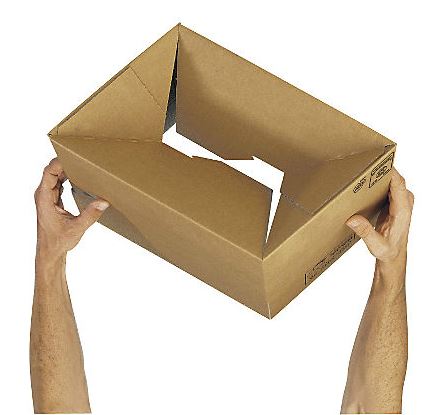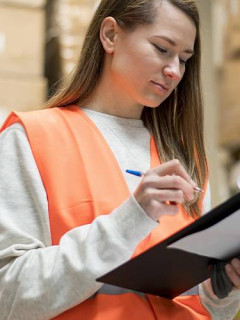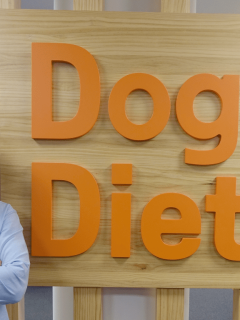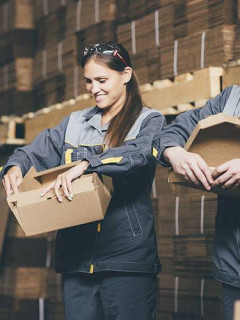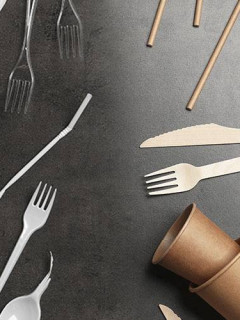War on pollution: this is the key slogan of the circular economy, a production system based on promoting recycling and reuse to reduce the volume of waste generated every day. The packaging sector has enthusiastically joined this trend, committing itself to incorporating eco-design into the creation process of its launches. Do you want to know what this alliance between packaging and circular economy will bring us in the very near future? Read on!
what is the circular economy?
The circular economy is a model of resource exploitation that promotes the continuous optimisation of products and materials, extending their useful life, encouraging reuse and, ultimately, favouring recycling, with the aim of reducing the volume of waste generated by each inhabitant. To this end, the circular economy advocates:
- The use of biodegradable, compostable and environmentally friendly raw materials in the manufacture of any consumable.
- The selection of designs that allow for the reuse of the parts of which they are made.
- The institutionalisation of the processes of collection of discarded objects, recycling and repair to encourage the return of a high percentage of them to the productive economy.
EU Action Plan for the Circular Economy
In 2015, the EU launched its Circular Economy Action Plan with very specific measures to achieve widespread recycling, create new employment niches related to sustainability and control the generation of waste, especially plastics and microplastics, which are very harmful to marine ecosystems. This has led to initiatives such as the ban on single-use plastics from 2021.
Packaging in the Circular Economy Action Plan
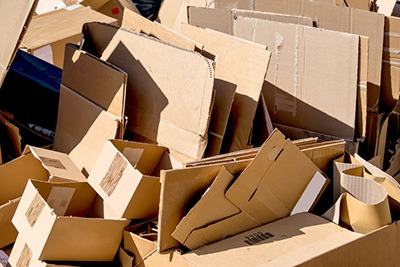
For the packaging industry, the Circular Economy Action Plan aims to recycle 70% of EU waste by 2030. However, there are specific reuse targets for each type of material:
- Paper and cardboard: 85%.
- Ferrous metals (those that include a significant amount of iron in their composition): 80%.
- Aluminium: 60%.
- Glass: 75%.
- Plastic: 55%.
- Wood: 30%.
Application of the eco-design concept to packaging in the circular economy
The assumption of the concept of circular economy by the packaging sector has brought with it a series of practices aimed at guaranteeing sustainability and controlling the environmental impact, while at the same time favouring long-term savings for companies. We recently spoke on the blog about the optimisation of packaging, and today we address eco-design as an ideal methodology for the development of the packaging of the future within the circular economy.
what is ecodesign?
Ecodesign is born from the incorporation of the principles of ecology to the tasks of design. Ecodesigners analyse in detail what impacts a product or service will have on the environment throughout its life cycle, in order to eliminate or minimise these impacts from the conception phase.
This does not have to result in an increase in costs or an increase in the price for the consumer but, in most cases, ecodesign allows savings in materials or in the energy necessary for production.
Ecodesign measures in the creation of packaging products
Among the eco-design measures that can be applied to packaging are the following:
- Lighten the weight of the paper used for wrapping, envelopes or as a filling material.
- Choose thinner cardboard for boxes.
- Eliminate any superfluous element.
- Declare war on empty spaces.
- Choose reusable, renewable or recycled materials.
- Always choose raw materials whose extraction requires less water and energy.
- Favour a simple separation of each of the materials for their subsequent recycling.
- Use local suppliers as far as possible.
- Reduce the printed surface area on boxes, envelopes, packaging, etc.
- Use only the right amount of adhesive tape, strapping or any other binding element.
- Venerate minimalism: the fewer materials included in a product , the better packagingthe better.
- Discard auxiliary elements that may hinder reuse or recycling.
- Incorporate reversible opening and closing devices.
- Prioritise ease and speed of assembly.
- Create sizes adaptable to goods of different volumes.
- To take care of space optimisation in the warehouse.
At Rajapack we have relied on eco-design to develop some of our star products, such as the variable height boxes or the ecological filling and protection accessories. We also have more than 150 ecological packaging solutions with which, from your company or e-commerce, you can also contribute to preserving the environment. Don’t hesitate and join the circular economy!











